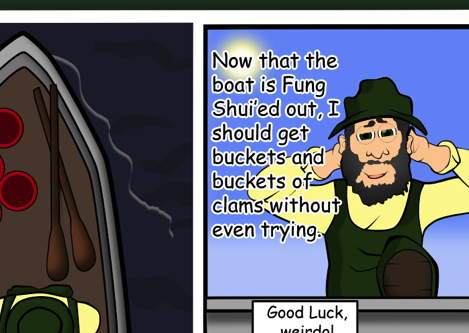Honoring The Cover Artist: Kevin Sloan

Looking at this week’s cover (“Birds of America: At the Beach”) by Kevin Sloan may leave some people perplexed. While the image of a large pelican gets out attention, it seems incongruent, with the bird’s mouth filled with fruit, flowers and a clock. It’s clearly an odd kind of still life that recalls Magic Realism. But the image is also conceptual and surrealistic, like many of Sloan’s works. Another similarity is the motifs: sliced or half-eaten fruits, clocks and animals that might have lived during the dinosaur age. Is that really what the artist had in mind?
Q: Your paintings are very much open to interpretation regarding their themes and even their styles. Is that your intention?
A: My work can communicate to many different people. I encourage multiple interpretations. One person can have an experience and what it feels like to them is different from another person having an experience. I communicate through symbolism and metaphors. An orchard can mean eloquence and be exotic to one person, but it may mean something entirely different to someone else.
Q: Where did you get your inspiration for for this work and others that you do?
A: From the 1800s and John James Audubon. In fact, he also did a painting called “Birds of America.” The cover painting is based on his “Brown Pelican.” It has the same pose as Audubon’s, and the pelican’s beak is open.
Q: What attracted you to Audubon’s art in the first place?
A: I’m interested in him because he’s a little bit odd and quirky. He was out in the frontier on his own.
Q: What was particularly odd, not about his art, but about his behavior?
A: He killed the birds that he painted or drew. There were no cameras then. He had to kill the animals to preserve them. It’s ironic that The Audubon Society is famous for protecting wildlife. At the end of his life, he regretted what he did.
Q: So how did Audubon inspire you?
A: My work is a way of honoring him and also to speak about environments in contemporary time. I see us as collaborators.
Q: What would you consider your own signature or essential elements that inform your work?
A: I like to do beyond the expected, to give the images a little twist. But I also like to tell a story, a narrative.
Q: What about your interest in nature? Where did that come from?
A: I was always interested in the natural world. I need to see nature in action. It can be as simple as being in my garden. But it also came from where I lived. I grew up in Des Moines, Iowa, and we would visit relatives. I found it interesting to see the contrasts between Des Moines and the cornfields and farms where my cousins lived. It was transfixing, exotic.
Q: How about the places you lived? How did that effect your connection to the environment? I know you lived in the East when you went to Tyler School in Philadelphia and then the University of Arizona in Tucson.
A: I also lived in New York for six months, but I realized something was missing, a connection to the natural world. I liked San Francisco. It’s a city, but it’s easy to get to natural places. I’ve lived in Santa Fe for 12 years, after visiting it 15 years ago when I was at the University of Arizona.
Q: How did these different environments influence your art now?
A: I don’t find the landscape in New Mexico interesting at all. It forced me to draw on other places. I created hybrid environments in my paintings. I mix them up. I also mix up objects in my imagery – they are from different times.
Kevin Sloan’s work can be seen in “Landscapes” at Sag Harbor’s Richard Demato Gallery (90 Main Street), on view from June 23- July 23. Call 631-725-1161.



